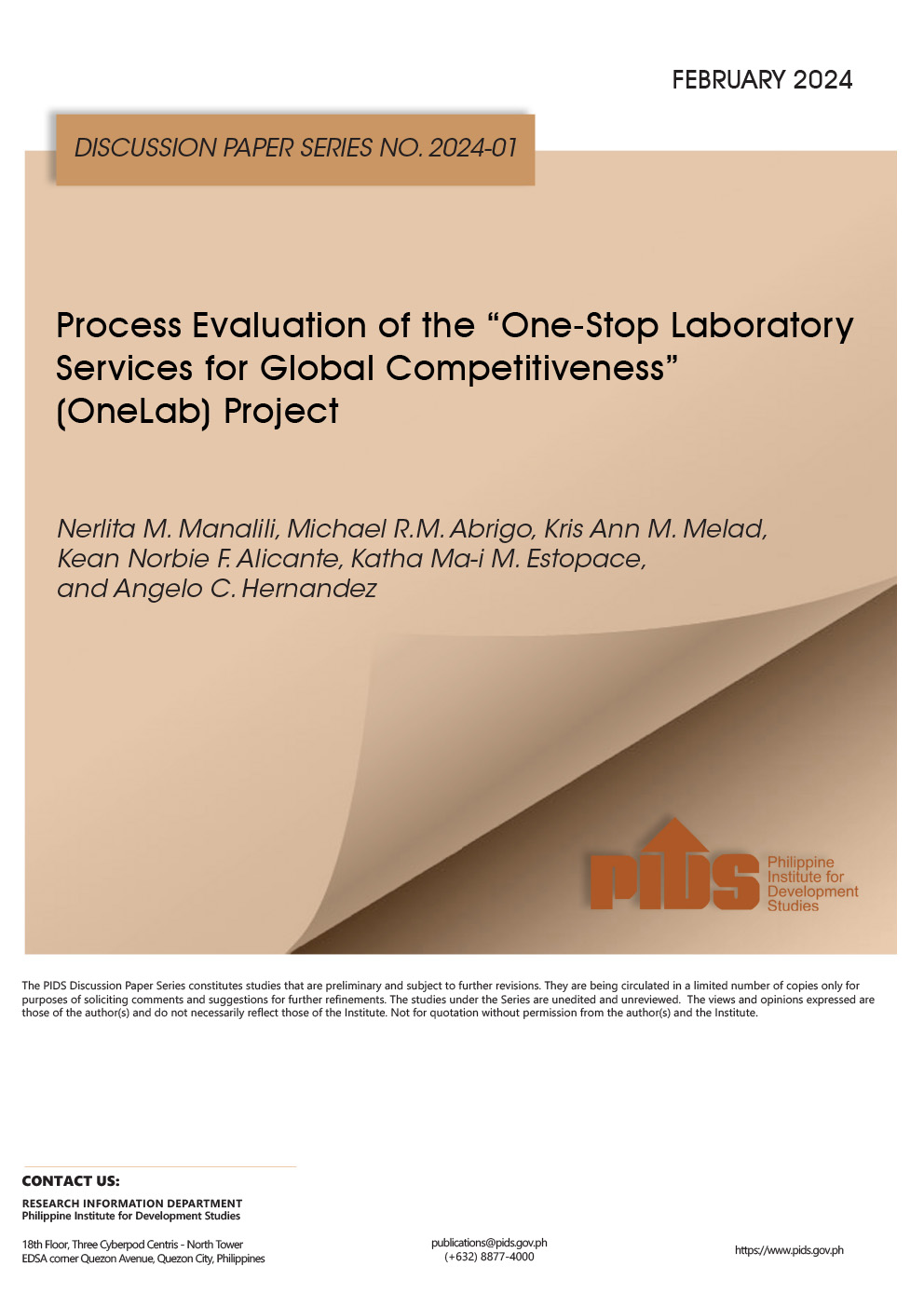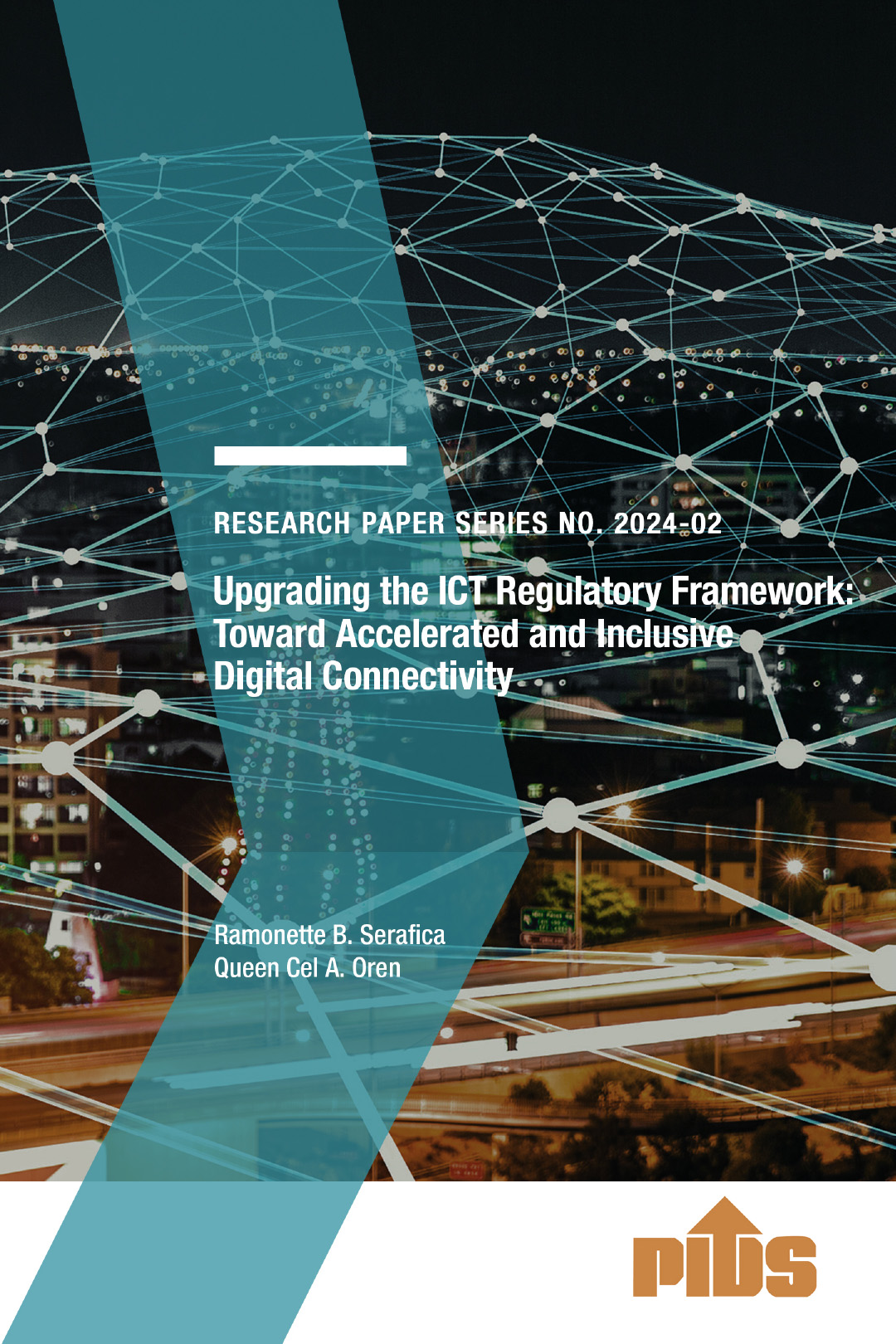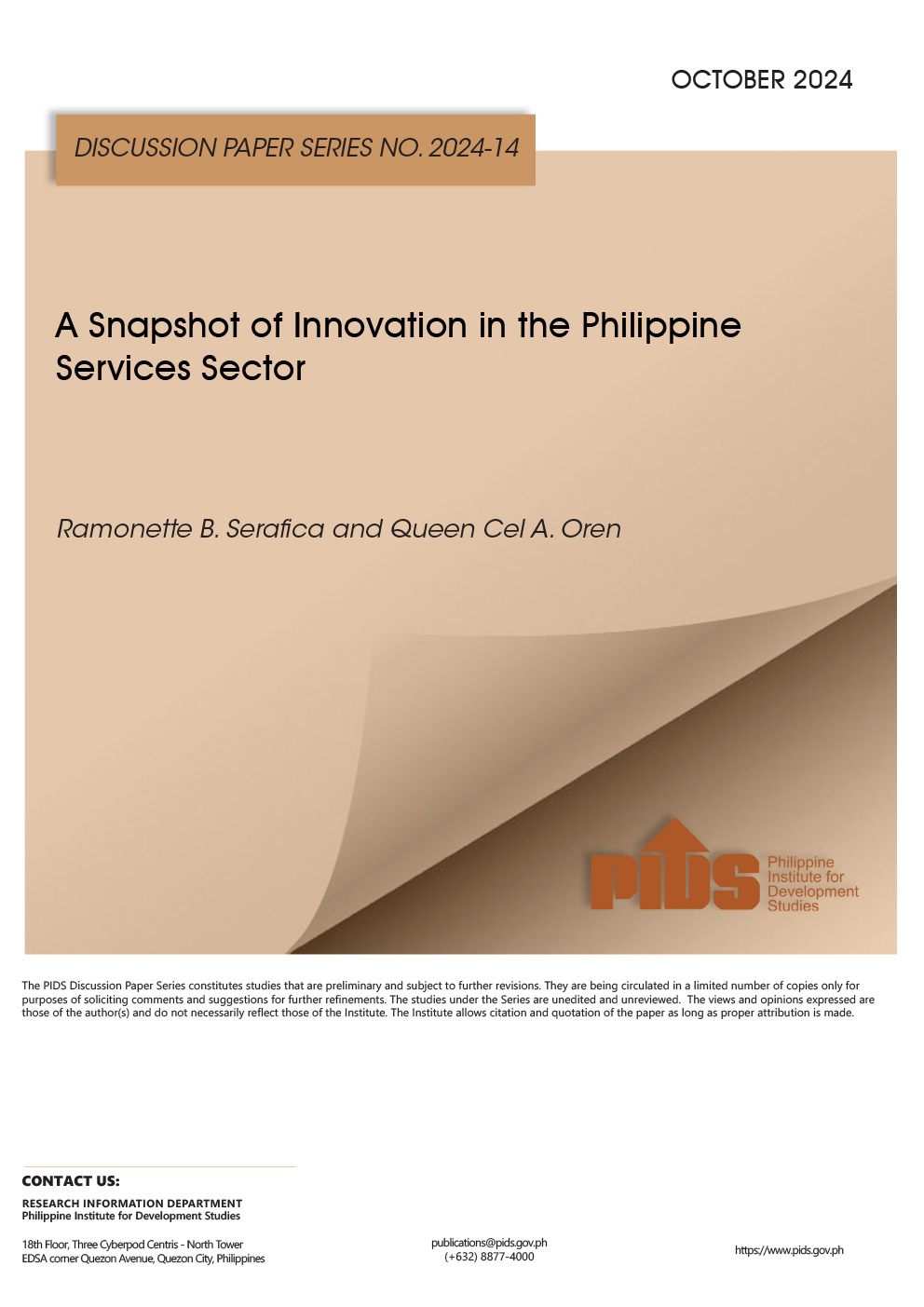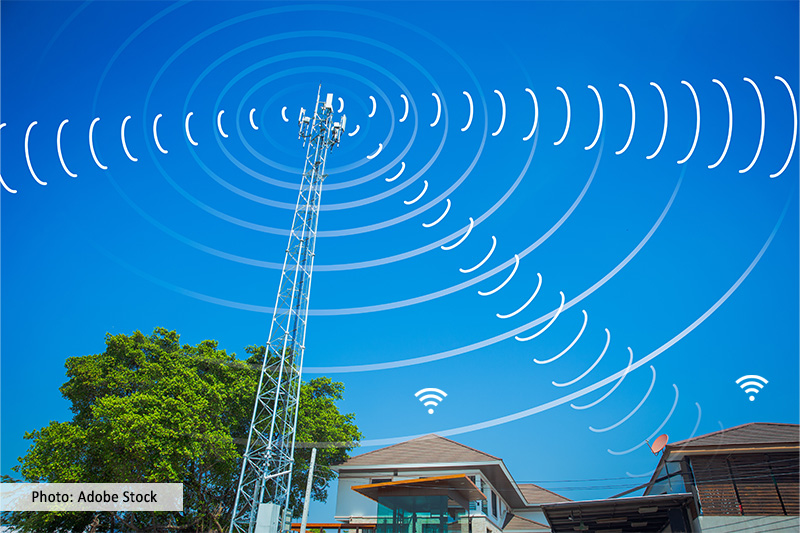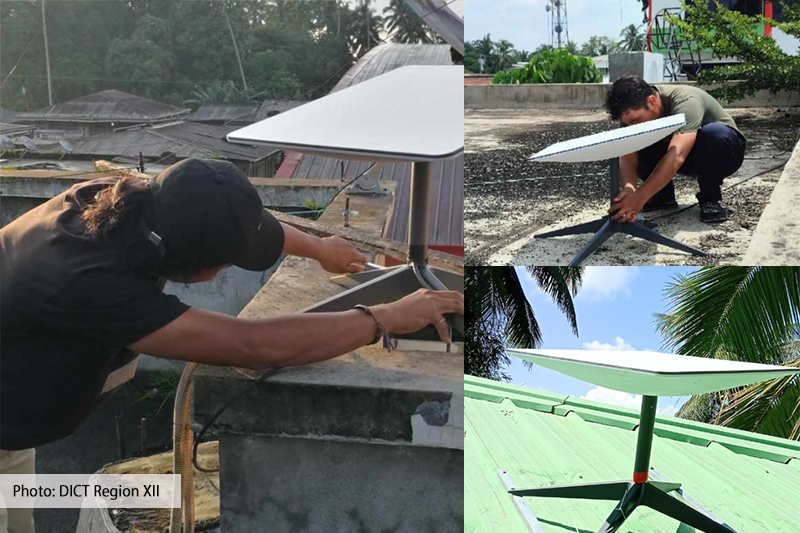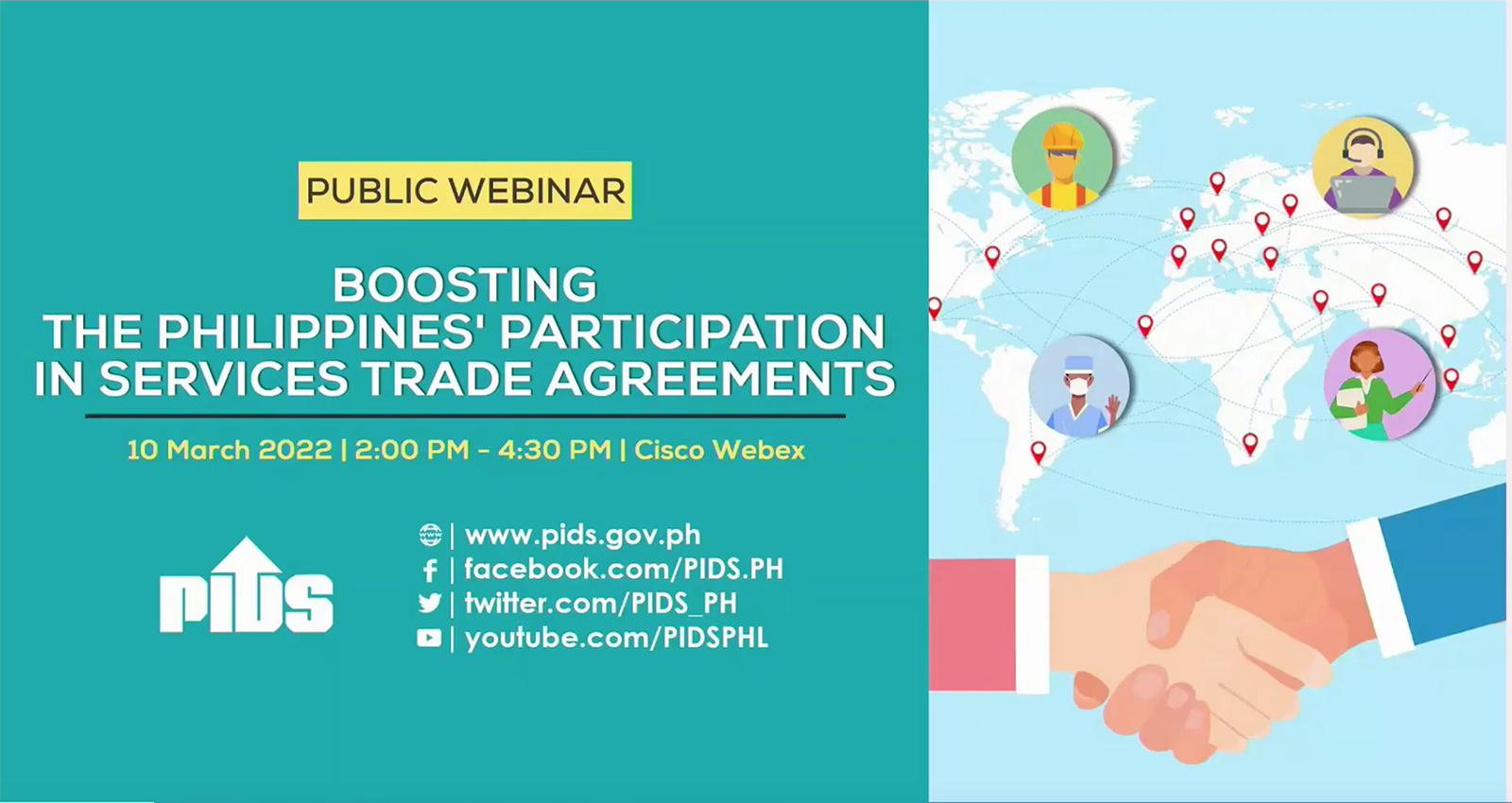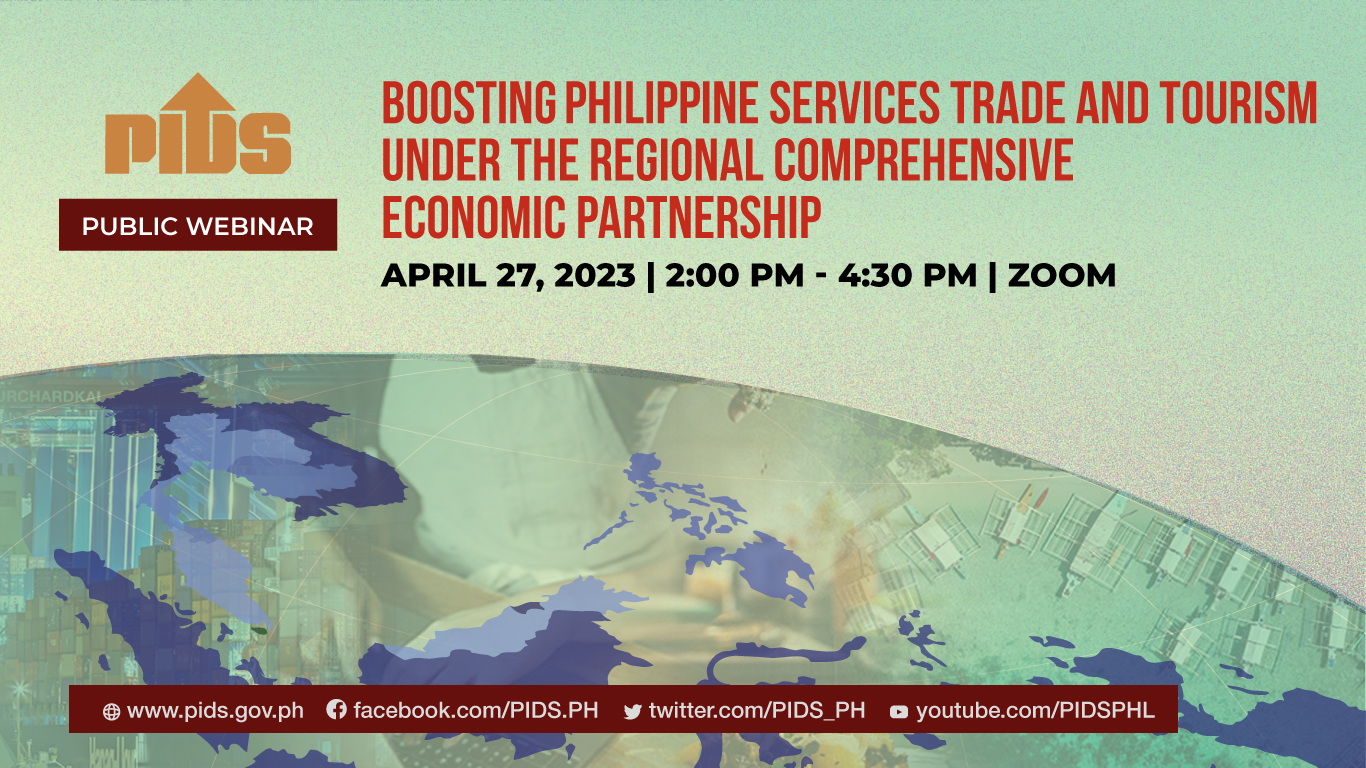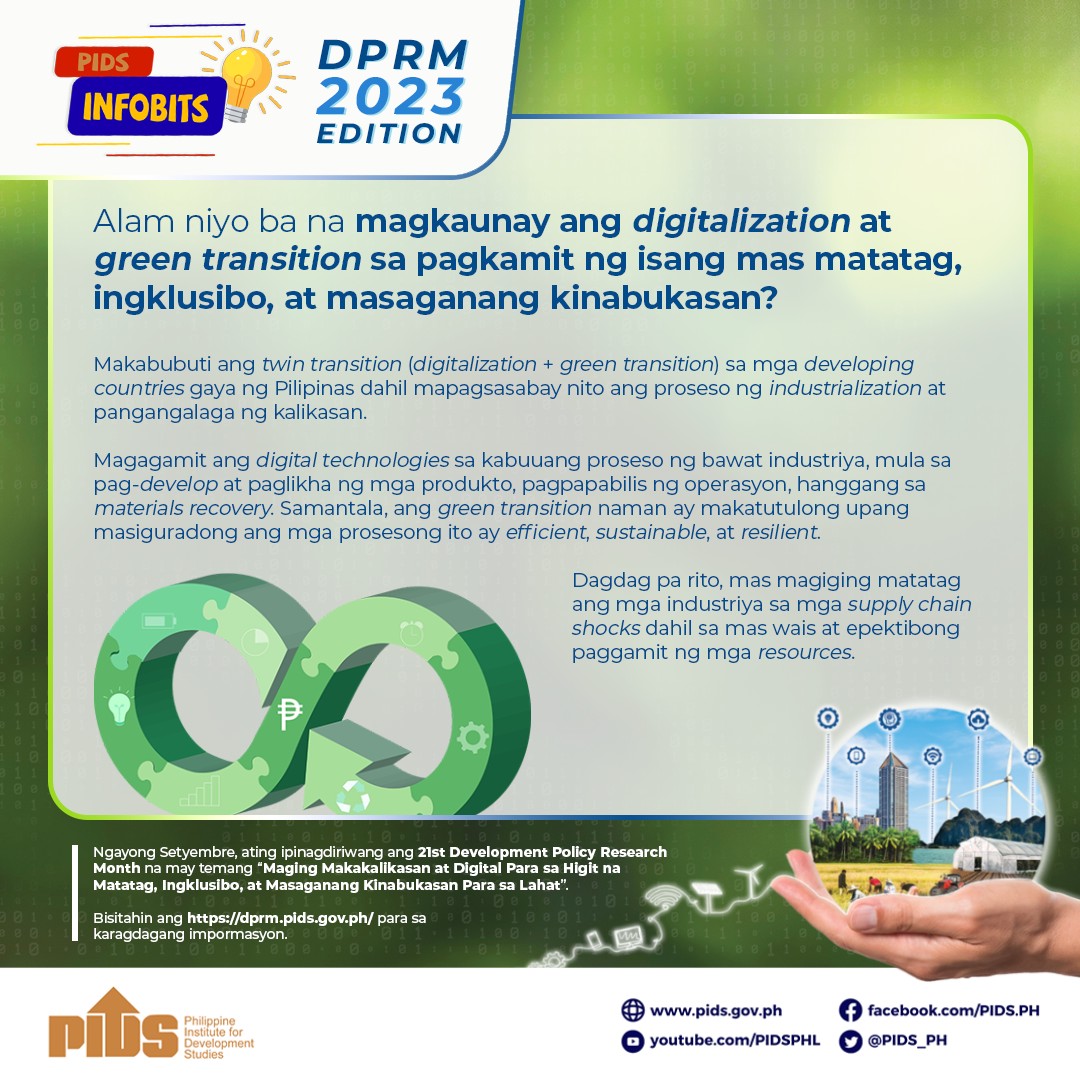DIGITALIZATION in the 15-country mega trade deal could improve trade systems with key partners, a research fellow from the Philippine Institute for Development Studies (PIDS) said.
The world’s biggest trade deal, the Regional Comprehensive Economic Partnership (RCEP), was signed by China, Australia, New Zealand, Japan, South Korea and all 10 Association of Southeast Asian Nations (ASEAN) member countries last month.
“For me, RCEP is a means of improving our systems so that we can engage in trade with key partners in the region,” PIDS Research Fellow Francis Mark Quimba said in an e-mailed reply to questions.
“With RCEP, it is imperative that we adopt digitization in trade facilitation and remove the structural barriers.”
He said that the Philippines is the last economy to implement the ASEAN Single Window, a regional initiative that connects national electronic trade platforms. The country joined the regional single window on Dec. 30, 2019.
A discussion paper published by PIDS in 2013 titled Regional Comprehensive Economic Partnership: Reform Challenges and Key Tasks for the Philippines called on policy makers to address the low utilization of free trade agreements.
The paper by PIDS President Gilberto M. Llanto and Ma. Kristina P. Ortiz said there needs to be more awareness and training on trade deals, use of electronic data to simplify certification procedures and financial support for upgrading technology and related skills.
The Philippines is currently part of ASEAN+1 trade deals among the 10 member countries and a major trading partner of Japan and South Korea.
“I think RCEP will attempt to organize all these ASEAN+1s so that utilization would be easier to implement,” Mr. Quimba said.
The Trade department has said the deal would increase Philippine market access for garments, automotive parts and agricultural products such as canned food and preserved fruit, especially since the agreement seeks to simplify trade procedures.
The agency said the deal covers intellectual property, e-commerce, small business, government procurement and competition.
Analysts see the deal either as a positive for the Philippine economy because it expands exports or a potential risk for the balance of trade.
Caesar B. Cororaton, a research fellow at the Virginia Polytechnic Institute and State University, said exports would increase every year, especially for semiconductors, fruits and vegetables.
But United Nations Conference on Trade and Development Senior Economist Rashmi Banga said that imports could increase by around $600 million a year, while exports are only projected to increase by $4.3 million.
She said the governments should prioritize saving their domestic financial resources, using tariffs to increase revenue and regulating the imports of luxury items.
The agreement will be implemented after a ratification process, which could take up to two years.
Digitalization seen to boost PHL trade with key partners

